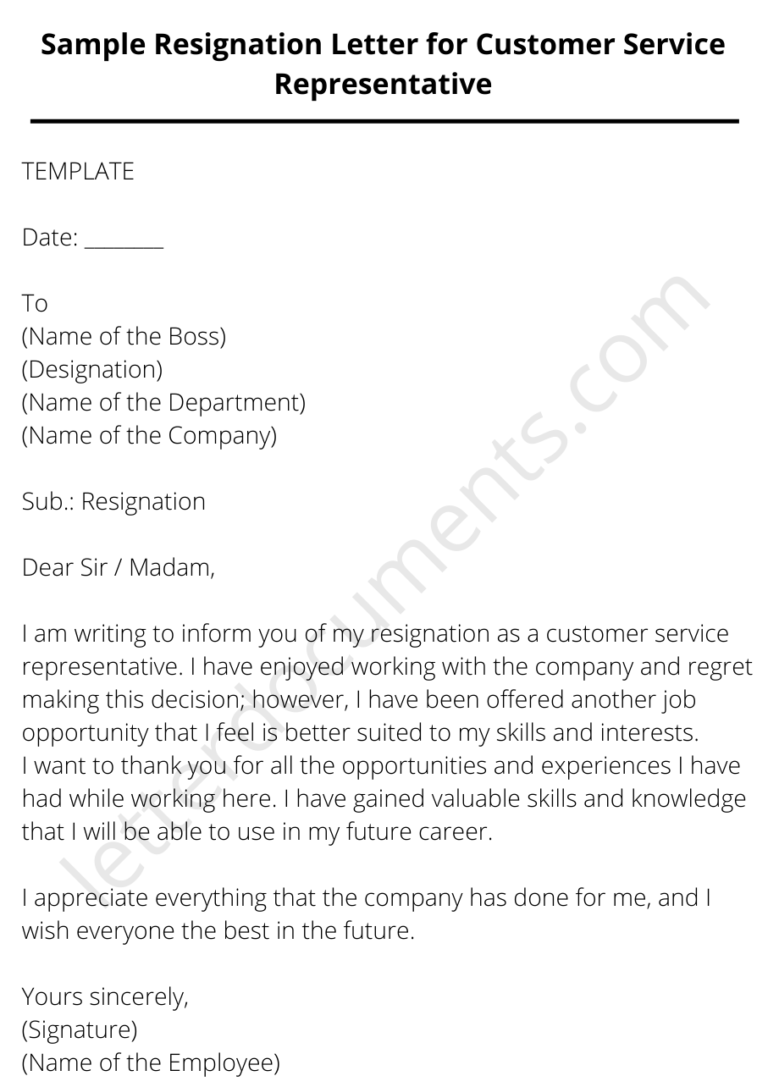Warning Letter to Employee for Not Following Procedures/ Rules
It is the responsibility of every employee to follow the prescribed set of procedures, instructions, rules, or policies while performing their duties at work. Not doing so may result in disciplinary action being taken against them.
If you have an employee who has not been following the prescribed set of procedures, you may consider issuing a warning letter to them. A warning letter serves as a formal notice to the employee that they are not adhering to company policy. If they do not take corrective action, they may face further consequences such as termination of employment.
When writing a warning letter to an employee for not following procedures/rules, it is essential to:
- Clearly state what the issue is and how it violates company policy
- Outline the corrective action that needs to be taken
- Give a timeline for when the corrective action needs to be completed
- Explain the consequences if the employee does not take corrective action
Similar Post: Draft Warning Letter to Employee for Disclosing Confidential Info
Sample Warning Letter to Employee for Not Following Instructions
As an employer, ensuring that your employees follow instructions and adhere to company policies is crucial. An employee needs to follow instructions to avoid a decline in productivity, missed deadlines, and even loss of revenue. In such cases, taking corrective action and issuing a warning letter to the employee is necessary.
We’ve got you covered if you need help drafting a warning letter for an employee who has failed to follow instructions. In this article, we’ll guide you through the process of drafting a warning letter that’s professional, concise, and effective.
The Importance of a Warning Letter
A warning letter serves as a written document that outlines an employee’s behavior or actions that have failed to meet the expected standards. A warning letter aims to communicate the issue to the employee, allow them to rectify the problem, and set expectations for future behavior.
A warning letter can also serve as a tool to protect the company from legal action. If the employee’s behavior continues to be an issue, the warning letter can be used as evidence that the company corrected the problem before terminating the employee’s employment.
Steps to Writing a Warning Letter
Clearly State the Problem
The first step in writing a warning letter is to clearly state the problem. Begin by outlining the behavior or action that the employee has failed to meet the expected standards. Be specific and provide examples if necessary.
Explain the Consequence
Next, explain the consequences of the employee’s actions or behavior. This could include missed deadlines, loss of productivity, and even loss of revenue. It’s essential to communicate their actions’ impact on the company.
Provide Specific Instructions
Provide specific instructions on how the employee can rectify the problem. This could include providing additional training, setting clear expectations, or providing additional support. It’s essential to provide actionable steps for employees to improve their performance.
Set Expectations for Future Behavior
Finally, set expectations for future behavior. Communicate the consequences of further non-compliance and set a timeline for improvement. This will ensure that the employee understands the severity of the situation and the consequences of further non-compliance.
Similar Post: Warning Letter for Poor Performance of Employee
TEMPLATE
Ref: _________
Date: ________
To
(Name of the Employee)
(Designation)
(Department)
Employee Code: ______
Sub.: Non-Adherence to Procedures and Rules of the Company
Dear Mr. / Ms. (First Name of the Employee),
I am writing to you because you have not followed the prescribed procedures/rules at work. This is a serious issue, and I would like to remind you that it is your responsibility to follow the rules to maintain a safe and efficient work environment.
If you continue to ignore the procedures/rules, you will be subject to disciplinary action, up to and including termination of employment. Please take this warning seriously and make sure that you are following all the rules.
We look forward to seeing improvement in this regard.
Sincerely,
For (Name of the Organisation),
(Signature)
(Name of the Officer)
(Designation)
Conclusion
In conclusion, issuing a warning letter to an employee for not following instructions is an important part of maintaining productivity and adherence to company policies. It is essential to take a professional and clear approach when drafting a warning letter, making sure to address the issue at hand, the consequences of non-compliance, and the steps the employee can take to improve their performance. By using the sample format provided and tailoring it to the specific situation, employers can ensure that they have a solid foundation for dealing with non-compliance and can help employees to improve and grow within the company.
Remember, every situation is unique, and it is crucial to approach each instance with care and consideration. Following these guidelines will help ensure that the warning letter is effective, and the issue is resolved in a manner that benefits both the employee and the company.






